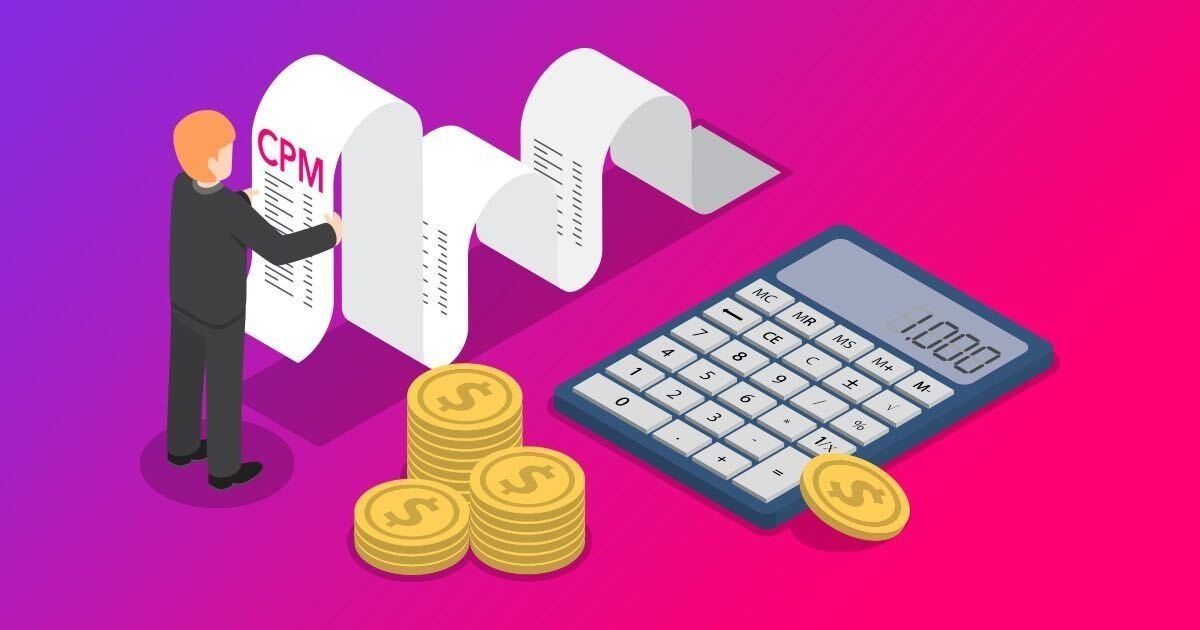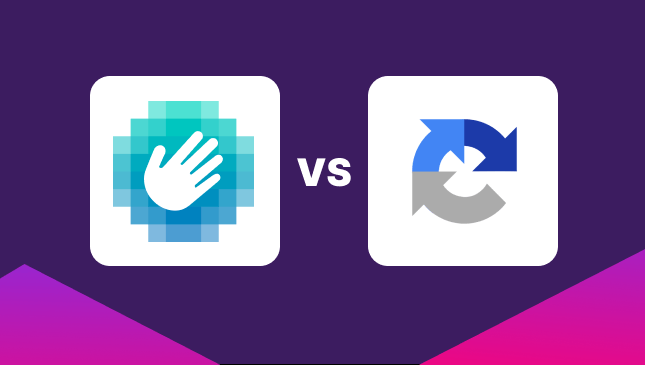How to Calculate Impressions Using CPM (Cost per Mille)
Jeffrey Edwards
|Marketing | June 30, 2020

When you buy digital advertising, one of the important decisions you must make is how to pay for your campaign. For example, sometimes you will opt to pay by Cost per Click (CPC), but other times it makes more sense to pay by Cost per Mille (CPM). In this article, we will discuss what you need to know about CPM versus CPC and about CPM calculation.
Defining CPM
Cost per Mille, or CPM, is what you pay for 1,000 impressions. This was a popular way of determining ad costs for print ads, and it is still sometimes the best choice for digital advertising. But before we can get into whether you should choose CPM, we first need to understand exactly what is meant by an “impression.”
For a display ad, Google counts it as an impression if
- At least 50% of the ad is visible
- It is visible for one second or longer
For a video ad, Google counts it as an impression if a person watches your video for two seconds or more.
If you are paying by CPM, your rate is not impacted by the number of times people click on your ad. However, every time someone sees your ad, even the same person, you will pay for that if you are paying under a CPM structure.
How Much Does CPM Cost?
Of course, it depends on where and when you advertise, but in the first quarter of 2018 on Google, advertisers spent an average of $2.80 CPM and $0.75 CPC. Across the entire Google Display Network, including YouTube, the average click-through rate was 0.35 percent. For both CPM and CPC, you can set your budget in advance so you are not faced with any surprises.
When Does Paying by CPM Make Sense?
CPM initially appears to be much cheaper than CPC, so you may be tempted to put all your chips on CPM. But be careful! It’s possible very few people or no one at all will click on your ad. They might not even notice your ad, yet you will still be charged for an impression under the CPM model.
So, when is CPM a better choice than CPC?
- Brand awareness: Sometimes you advertise to increase brand awareness rather than to get an immediate sale. Think of billboards. They are there primarily for brand awareness.
- Events: CPM advertising often makes sense for events such as conferences, seminars, festivals, and concerts.
- Product launches: This one is an extension of brand awareness. CPM adverting can boost recognition of new products and services.
- Highly-clickable ads: You may have some ads that you know from testing generate a higher than normal click rate. Since you know the click rate to expect, do the math to see if CPM is likely to save you money.
Test which performs better
If you are not certain whether or not CPM or CPC will perform better for a given campaign, do what you should do with all your marketing: test. Do a limited test to determine whether CPM or CPC gives a particular ad or campaign the better ROI. Also, check whether there is any difference in ad placement when you pay a network to place CPM and CPC ads.
Neither CPC nor CPM Is Immune to Fraud
Bots and bad actors can repeatedly and fraudulently click, racking up clicks for which you will be charged if you use CPC. But CPM is not immune. Web pages containing your ad may be loaded again and again, each time counting as an impression for which you will be charged if you use CPM.
The answer is to use a solution that protects you against both click fraud and impression fraud. When you use CHEQ, you protect yourself from paying for false clicks or impressions and make your advertising count.
CPM Calculation
To determine CPM, simply divide your total spend by the number of impressions.
CPM = Total Campaign Spend ÷ Number of Impressions X 1,000
So, for example,
$2,000 Ad Spend ÷ 750,000 Impressions X 1,000 = $02.66
Or to derive the other values in the equation:
Total Cost of Campaign = Total Impressions ÷ 1000 x CPM
Total Impressions = Cost of Campaign ÷ CPM x 1,000
You may also want to calculate your cost per click for your CPM campaign, even though you are not paying for clicks. This is NOT the same as what paying by CPC would cost if that is how you were paying the publisher or ad network.
Cost per Click = Total Campaign Spend ÷ Total Click-throughs
Monitor Your Spend and Results
For most businesses, it makes sense to do a mix of CPC and CPM advertising depending on the goals of the campaign and the expected costs. You can make certain valid assumptions about which payment method is likely to work better for a given campaign, but the only way to be sure is through continuous monitoring and knowledge of CPM calculation.
So, now that you know how to calculate CPM, isn’t it time to protect your ads? Click here to Request a Demo.











